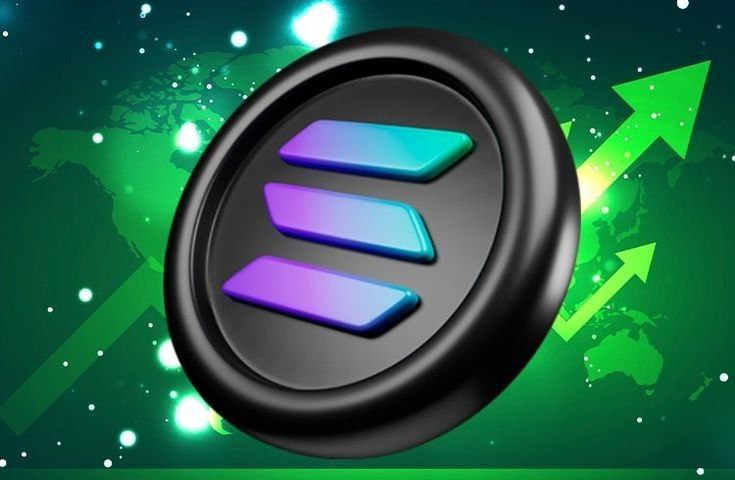- Ethereum price stability reflects strong support near the $2,500 zone.
- Layer 2 adoption rises as users seek faster, cheaper transaction options.
Ethereum is trading within a tight range, holding between $2,400 and $2,600 despite the crypto market’s broader strength. Bitcoin recently set a new all-time high, yet Ethereum’s price momentum remains limited. Ethereum continues to trade sideways following its sharp rally earlier in May.
According to Binance data, ETH closed at $2,608.65, a 2.26% gain in the last session. Technical analysis from Daan Crypto Trades highlights that the $2,500 support zone has been defended multiple times, confirming strong buying interest at that level.
The Ethereum-to-Bitcoin (ETH/BTC) ratio has declined, showing Ethereum’s underperformance relative to Bitcoin during the latest price surge. Charts indicate ETH holds above key support at $2,520.
However, resistance remains strong at $2,850. A break below $2,100 could signal a trend reversal, while a close above $2,850 may trigger further upside.
Ethereum Ecosystem Activity Reaches Weekly Record
User engagement across the Ethereum ecosystem hit a new high, with 15.06 million active addresses recorded in the past week. Data from GrowThePie shows this figure marks an 11.16% increase compared to the previous week. The growth trend has been consistent since early 2024, with a notable surge in May 2025.
Despite the increase in total engagement, multi-chain participation declined. Around 563,977 addresses interacted with more than one Ethereum-based chain, reflecting a 17.31% week-over-week drop.
However, Layer 2 dominance rose by 3.89%, reaching a 6.02x multiple. This increase highlights the rising preference for Layer 2 solutions as users seek faster and cheaper transactions. The ecosystem’s strength has coincided with Ethereum’s recent price recovery above $2,650.
Buterin Calls for Efficiency and Scalability in Layer-1 Design
Ethereum co-founder Vitalik Buterin recently discussed the core attributes needed for a successful Layer-1 blockchain. His remarks followed Succinct Labs’ release of the SP1 Hypercube, a system that can verify Ethereum blocks in under 12 seconds.
Buterin praised the system’s performance in ideal conditions but emphasized the need for stability in real-world scenarios. He stressed that consistent real-time performance and formal verification are essential for reliable blockchain operations.
Buterin also raised concerns about the SP1 Hypercube’s 100-kilowatt power demand. He argued that block verification should be feasible with household-level energy to support decentralization.
Additionally, he proposed increasing Ethereum’s gas limit by 10 to 100 times to improve scalability. These ideas align with his broader goals of enhancing the network’s speed, privacy, and decentralization amid rising concerns over RPC centralization and user data tracking.







